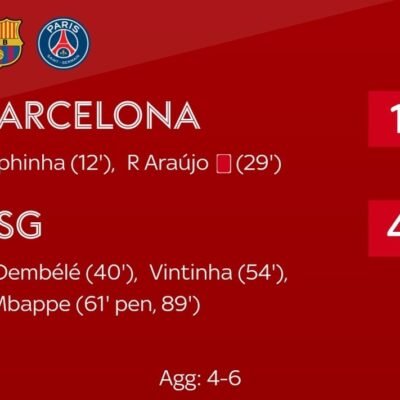Introduction
Football, often referred to as the beautiful game, has witnessed a fascinating evolution of tactics over the decades. From classic formations like the 4-4-2 to the modern systems like the 4-2-3-1 and 3-5-2, the sport has constantly evolved in response to changing dynamics, strategies, and player abilities. In this comprehensive blog post, we will delve into the captivating journey of football tactics, comparing and contrasting classic and modern formations, highlighting their strengths, weaknesses, and the impact they have had on the game.
Classic Formations: The 4-4-2 and 4-3-3
- The 4-4-2 Formation
The 4-4-2 formation is a classic tactical setup that has roots dating back to the early 20th century. It consists of four defenders, four midfielders, and two forwards. This formation emphasizes defensive solidity, a strong midfield presence, and swift counterattacks.
- Strengths:
- Defensive stability: The 4-4-2’s flat midfield and compact shape make it challenging for opponents to break through.
- Effective for counterattacks: With two forwards, teams can quickly transition from defense to offense.
- Solid defensive lines: Two banks of four create a strong defensive shield.
- Weaknesses:
- Limited midfield creativity: The flat midfield lacks playmaking options, often relying on long balls.
- Vulnerability to wide play: Wingers may be exposed to skilled opposition wingers.
- Strengths:
- The 4-3-3 Formation
The 4-3-3 formation is another classic tactical setup that focuses on dominating possession and creating goal-scoring opportunities. It comprises four defenders, three midfielders, and three forwards.
- Strengths:
- Midfield control: With three midfielders, teams can dominate possession and control the tempo.
- Wide play: Wingers provide width and deliver crosses into the box.
- Versatility: Allows for both defensive solidity and attacking flair.
- Weaknesses:
- Vulnerable in transition: If midfielders lose the ball, the team may be exposed defensively.
- Pressure on wingers: Wingers are expected to contribute defensively and offensively.
- Strengths:
Modern Formations: The 4-2-3-1 and 3-5-2
- The 4-2-3-1 Formation
The 4-2-3-1 is a modern tactical formation that has gained prominence in recent years. It consists of four defenders, two defensive midfielders, three attacking midfielders, and one forward. This formation aims to strike a balance between defense and attack.
- Strengths:
- Midfield control: Two holding midfielders provide stability and facilitate ball circulation.
- Attacking options: Three attacking midfielders support the lone forward, increasing goal-scoring opportunities.
- Versatility: The formation can switch between possession-based and counterattacking styles.
- Weaknesses:
- Vulnerable to counterattacks: The advanced positions of full-backs can leave the defense exposed.
- Requires disciplined midfielders: Defensive midfielders must maintain their positions to prevent gaps.
- Strengths:
- The 3-5-2 Formation
The 3-5-2 is a formation that deploys three central defenders, five midfielders, and two forwards. It provides tactical flexibility and is often used to control the midfield and exploit the flanks.
- Strengths:
- Midfield dominance: With five midfielders, this formation can control possession and dictate the game.
- Defensive stability: Three central defenders provide a strong defensive core.
- Overloading the flanks: Wing-backs can push forward to create overloads on the wings.
- Weaknesses:
- Vulnerable to wide attacks: If wing-backs push too far forward, the defense can be exposed on the flanks.
- Limited central presence: The formation may lack a true playmaker in the central midfield.
- Strengths:
Conclusion
The evolution of football tactics from classic formations like the 4-4-2 and 4-3-3 to modern systems like the 4-2-3-1 and 3-5-2 has enriched the sport with diverse playing styles and strategies. Each formation has its strengths and weaknesses, and their success depends on factors such as the team’s personnel, the coach’s philosophy, and the specific match situation.
Football continues to evolve, with managers constantly innovating to gain a tactical edge. As we look ahead, we can expect further evolution in formations and tactics, ensuring that the beautiful game remains as captivating and dynamic as ever.





